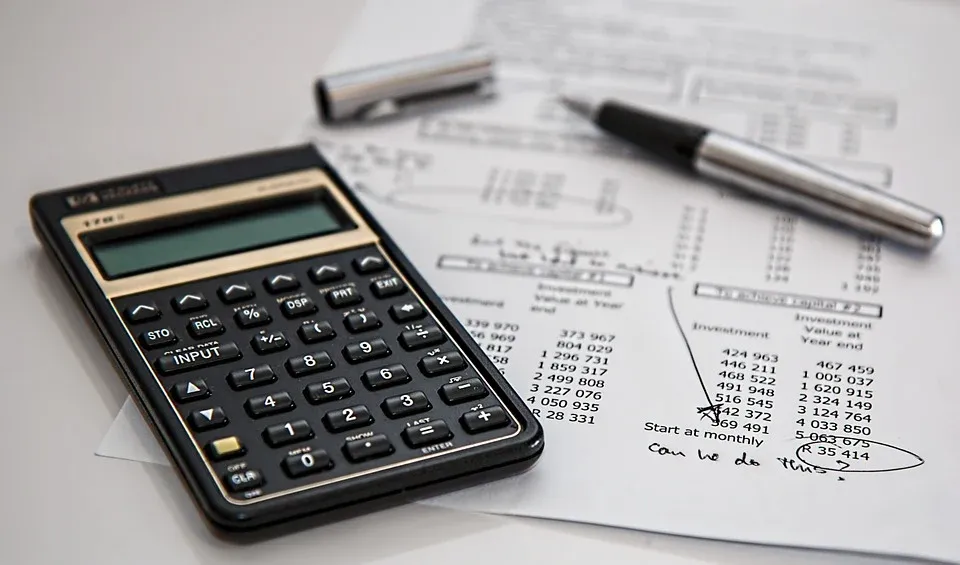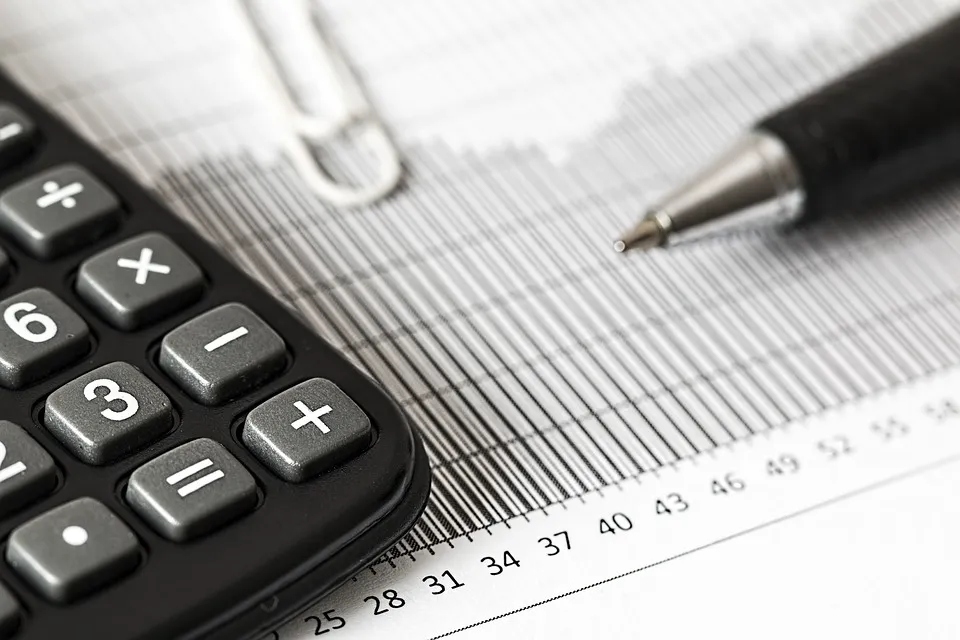
In order to know the financial situation of a company and to be able to make the right decisions, it is necessary to start with a computerized accounting system that allows us to "walk" through the different financial statements and to be able to objectively analyze its assets.
But we must be clear that there are many approaches when it comes to defining what accounting is, but not when it comes to knowing what it is for and how it is applied. In all definitions, the most important aspect is the provision of information, both for the company that prepares it and for third parties that can use it for different purposes.
Accounting can also be used by the company's competitors for the benefit of its most important realities and needs. In this set of information we are going to find two very defined and separate positions (of the so-called nominal and real accounts), but which will denote the true objective of accounting (extended accounting equation: A = P + C + I - E). This is due to its static measurements (real accounts: assets, liabilities and capital) and dynamic measurements (nominal accounts: income and expenses).

1.- Static measurement is applied when the company or entity is at a standstill, "dead" and because of the objective it requires, such as being sold at a specific time. Since it is possible to determine the actual equity of the company. This is an analysis based on the financial statement known as balance sheet or financial situation, to which several economic and accounting indexes are applied (financial mathematical formulas, as required), in order to obtain relevant information about assets, liabilities and capital or equity.
2.- The dynamic measurement is applied due to its continuity in time, that is to say, capacity to operate economic periods (generally one year), only the facts are analyzed in a separation or ideal stop (when the economic period is closed), where a financial statement known as profit and loss and/or income statement is taken, which allows the comparison with previous financial statements, in order to determine the movements (profit or loss) and its incidence in the equity, as the case may be, through the application of economic and accounting indexes (financial mathematical formulas). The purpose of all this is to determine whether the company has the liquidity to continue its economic activities.

For this purpose, in both analyses, transactions are recorded chronologically and as they occur, according to the historical facts that produce them, without altering their expression or content at all. When they are altered by other circumstances, such as, for example, the effects of inflation, these facts are not part of the historical measurements.
Also within an accounting system we may encounter facts and circumstances that deviate from the valuation or the content of the value for a given asset. As they are components of assets and liabilities, there will be no possibility of an adequate measurement of the variation that each member of that asset may have. Therefore, there will be over- or undervaluations in most cases, even if technically correct valuation systems are maintained.
In summary, for the accounting evaluation of a company, it will always be necessary to take relevant information from past historical facts, which allow an objective and comparative analysis with the present, whose recommendation is focused on static and dynamic measurements.
Until another opportunity, @yonglerosales bids you farewell.
